Unit 7: The Birth and Development of Islamic Architecture
1/10
Earn XP
Description and Tags
Name | Mastery | Learn | Test | Matching | Spaced |
|---|
No study sessions yet.
11 Terms
Muhammad
570-632, 662: Muslim calendar starts when Muhammad leads group of followers to Medina where he assumes political and religious leadership, rapid spread of Islam: by 711, an Islamic state spread from Persia to Spain
Masjid
Place of prayer
Hajj
Pilgrimage to Mecca
Quibla
direction of Prayer towards Mecca
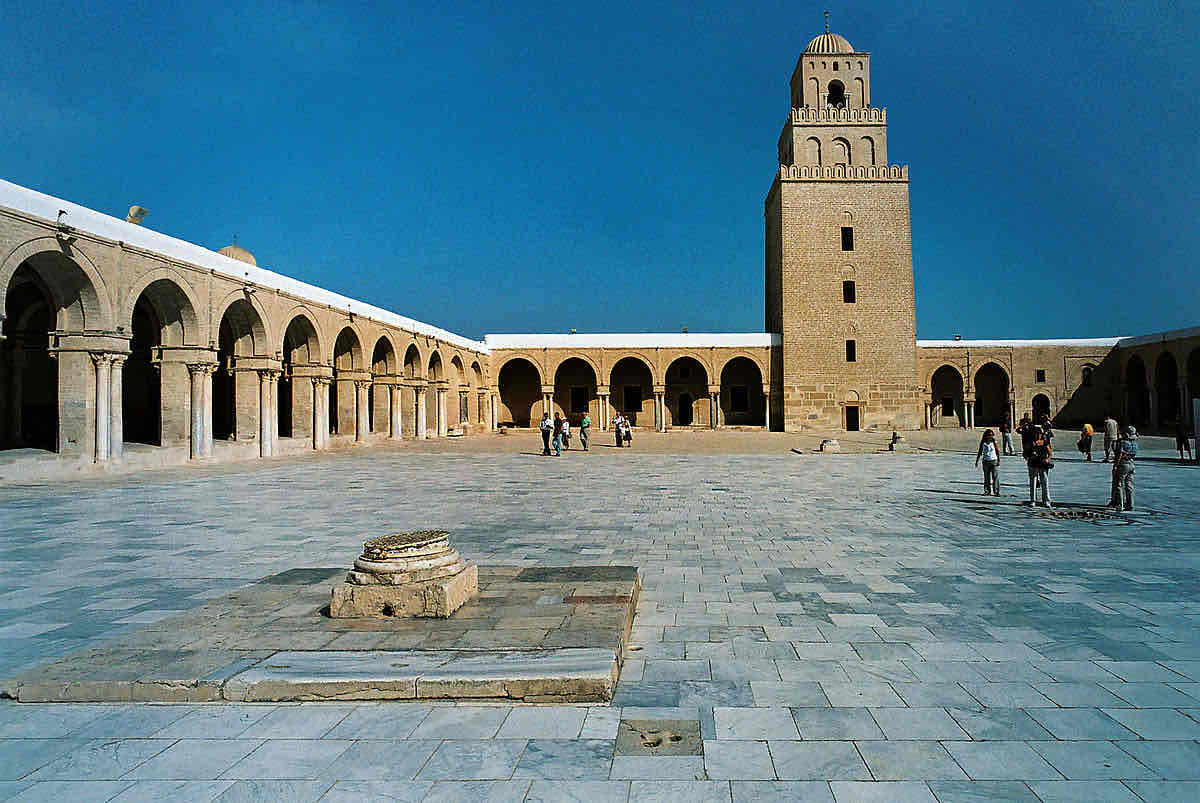
Sahn
Mosque courtyard
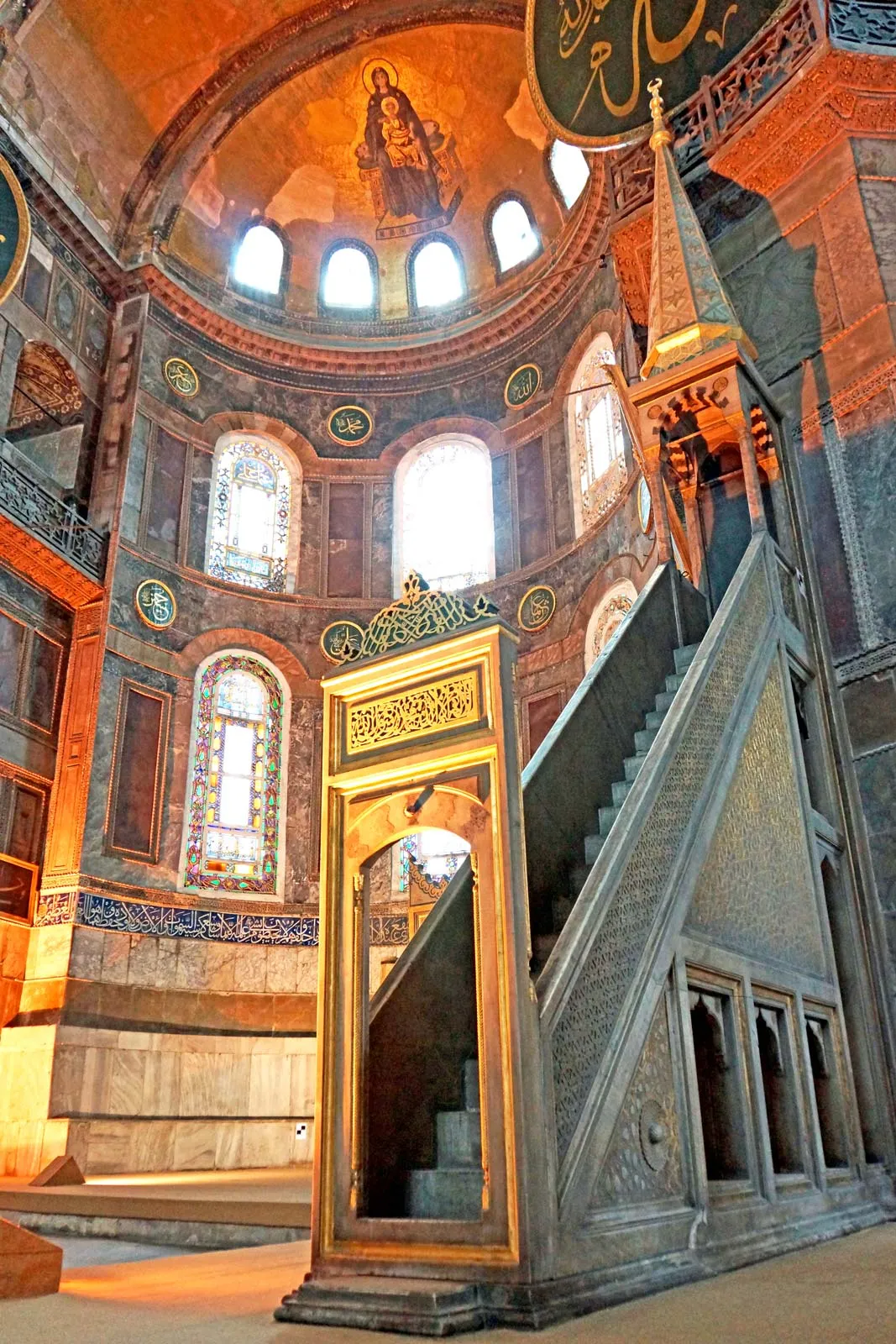
Minbar: pulpit placed besides the mihrab
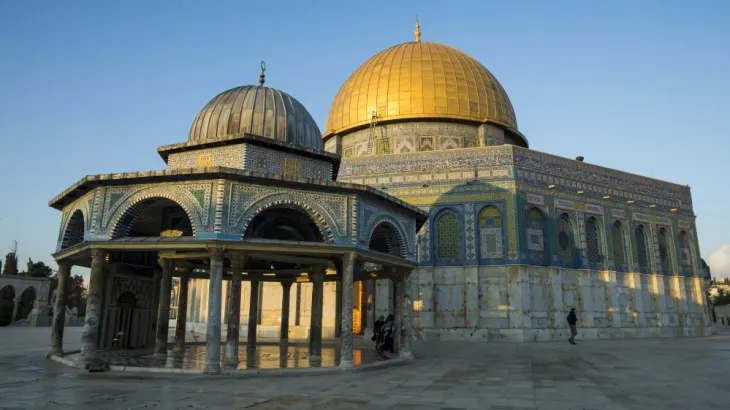
Aksa Mosque, Jerusalem 702, main congregational mosque or prayer hall in the Al-Aksa mosque compound
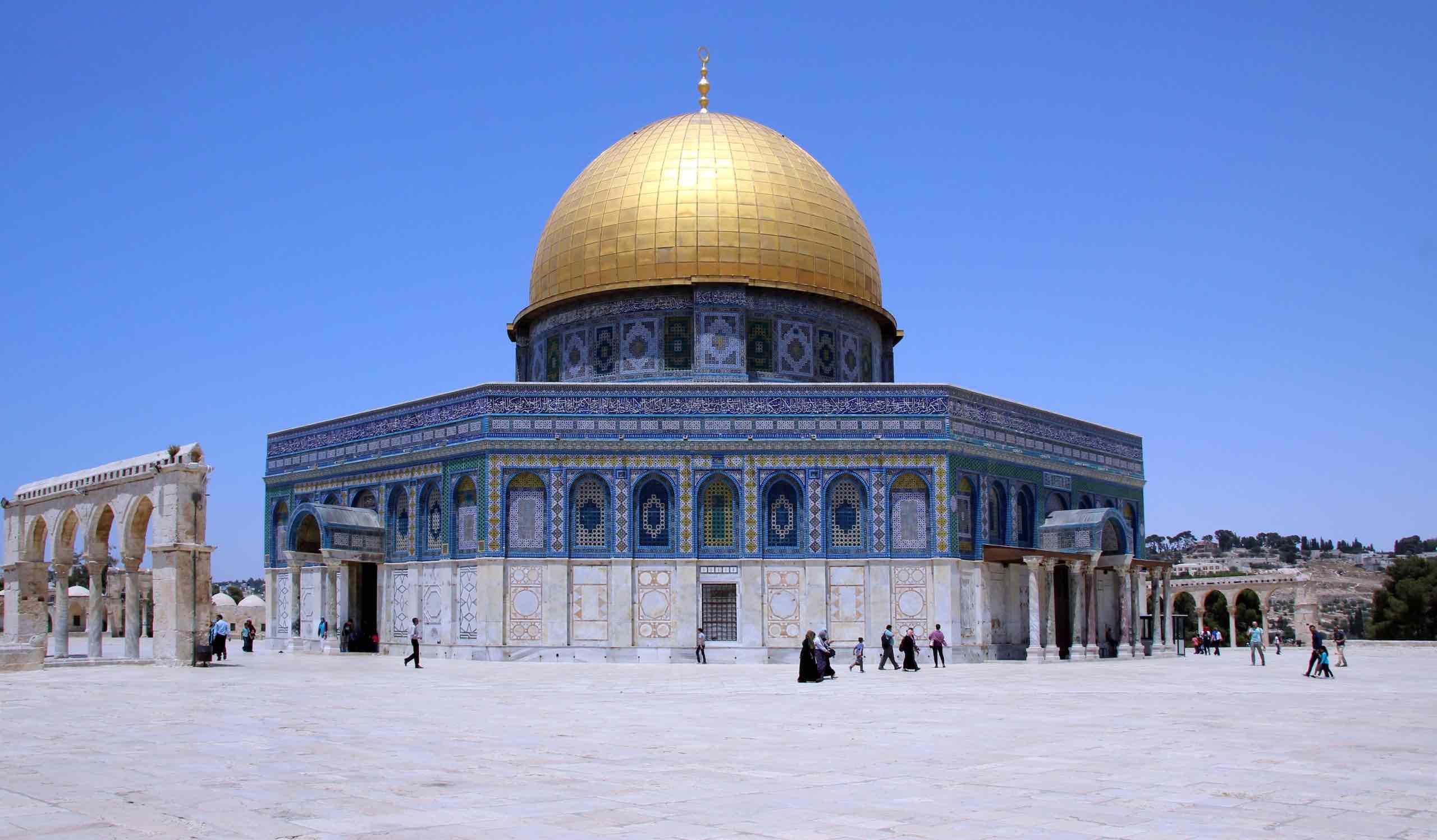
Qubbat al-Sakhra (Dome of the Rock), Jerusalem, Israel 687-91, worlds oldest surviving work of Islamic architecture, foundation stone, considered to be the site from which all creation sprang when God created world on the first day, location where Abraham was prepared to sacrifice his son, inscription oriented towards “people of the book,” first and second temples of Jerusalem, encloses huge rock that is exposed (highest point of mountain where prophet Muhammad was thought to have ascended into heaven), outer piers interlocking creating rectangles, rotated from inner piers
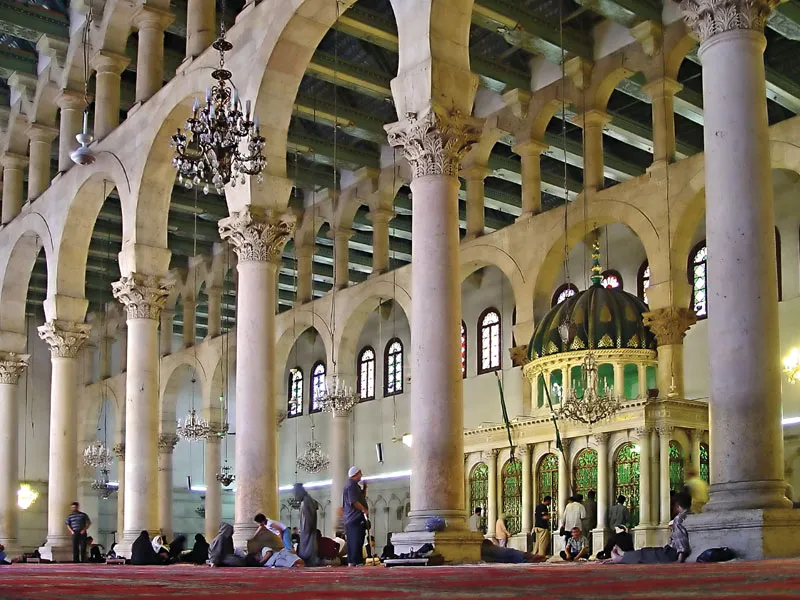
Great Mosque, Damascus, Syria 709-15: temple of Jupiter, then Cathedral of Saint John, then in 706 it becomes the great mosque, interior defined by 3 halls running parallel to quibla wall, mosaics depicting paradise, one of the largest/oldest mosques in the world, courtyard surrounded by 2-story arcade, highly sophisticated works of art, Quibla aisle- sacred dome with windows
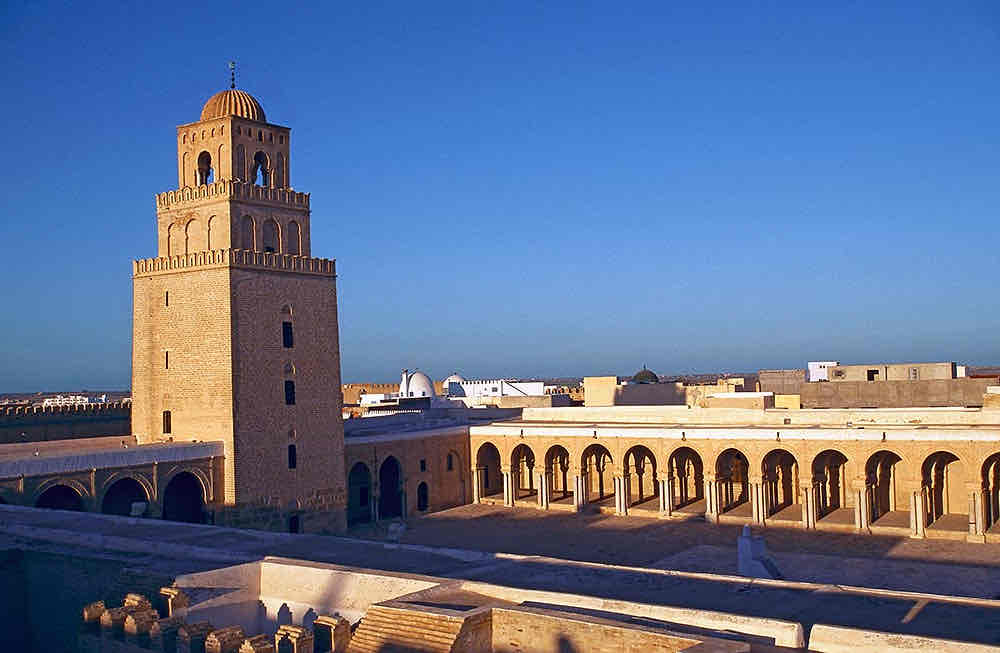
Great mosque, Kairawan, Tunisia (820-36), prayer hall, served as a place of worship and learning in the Islamic world for centuries
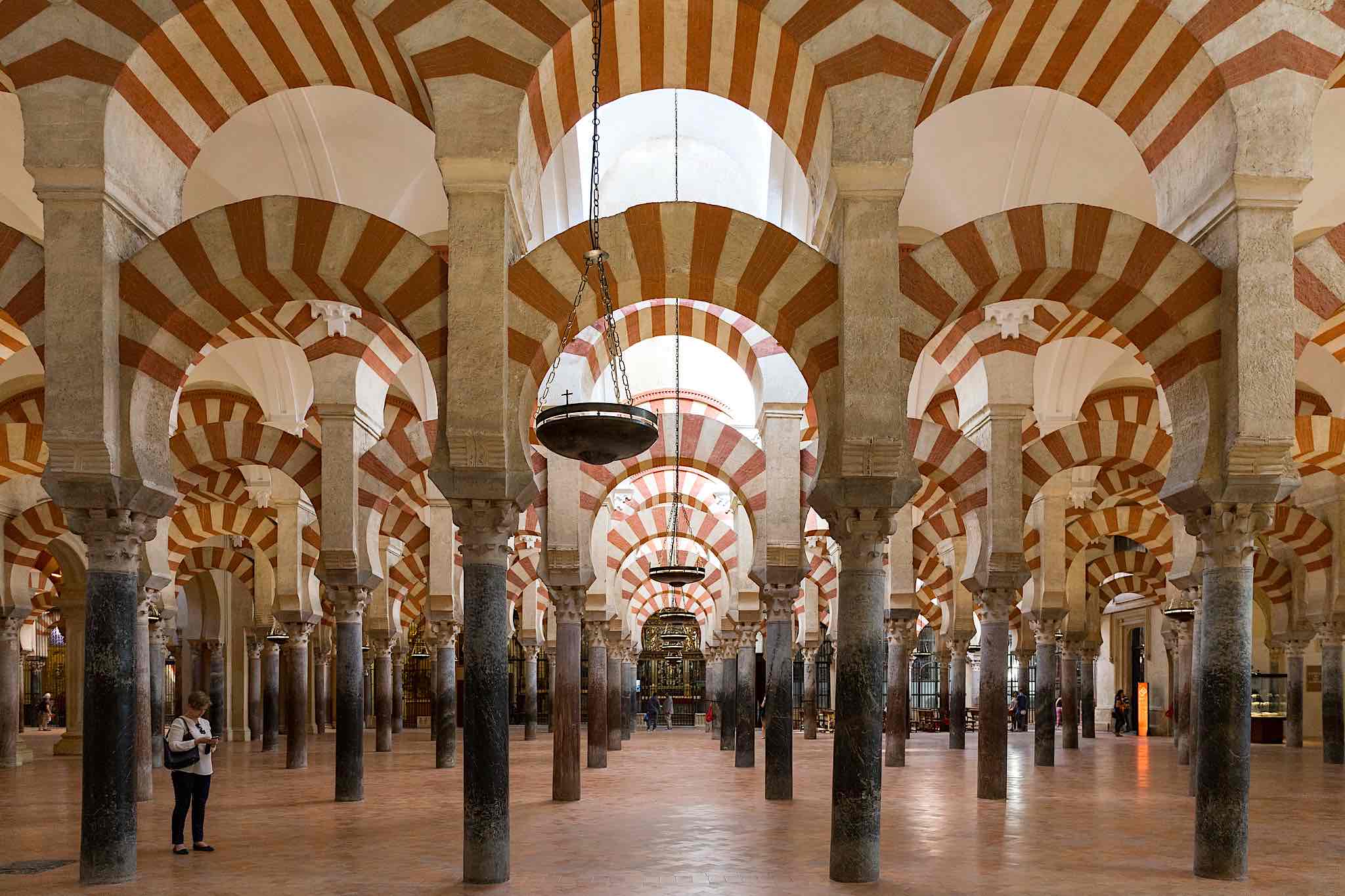
Great Mosque of cordoba (784-6), dome, ribs rise up to the middle, built by Caliph Abd al-Rahman I, extended 832-48; again in 951 and 962, comprised of large hypostyle prayer hall (hypostyle=filled with columns), courtyard with fountain in the middle, orange grove, covered walkway, minaret (tower used to call the faithful to prayer) adjacent/attached to a mosque